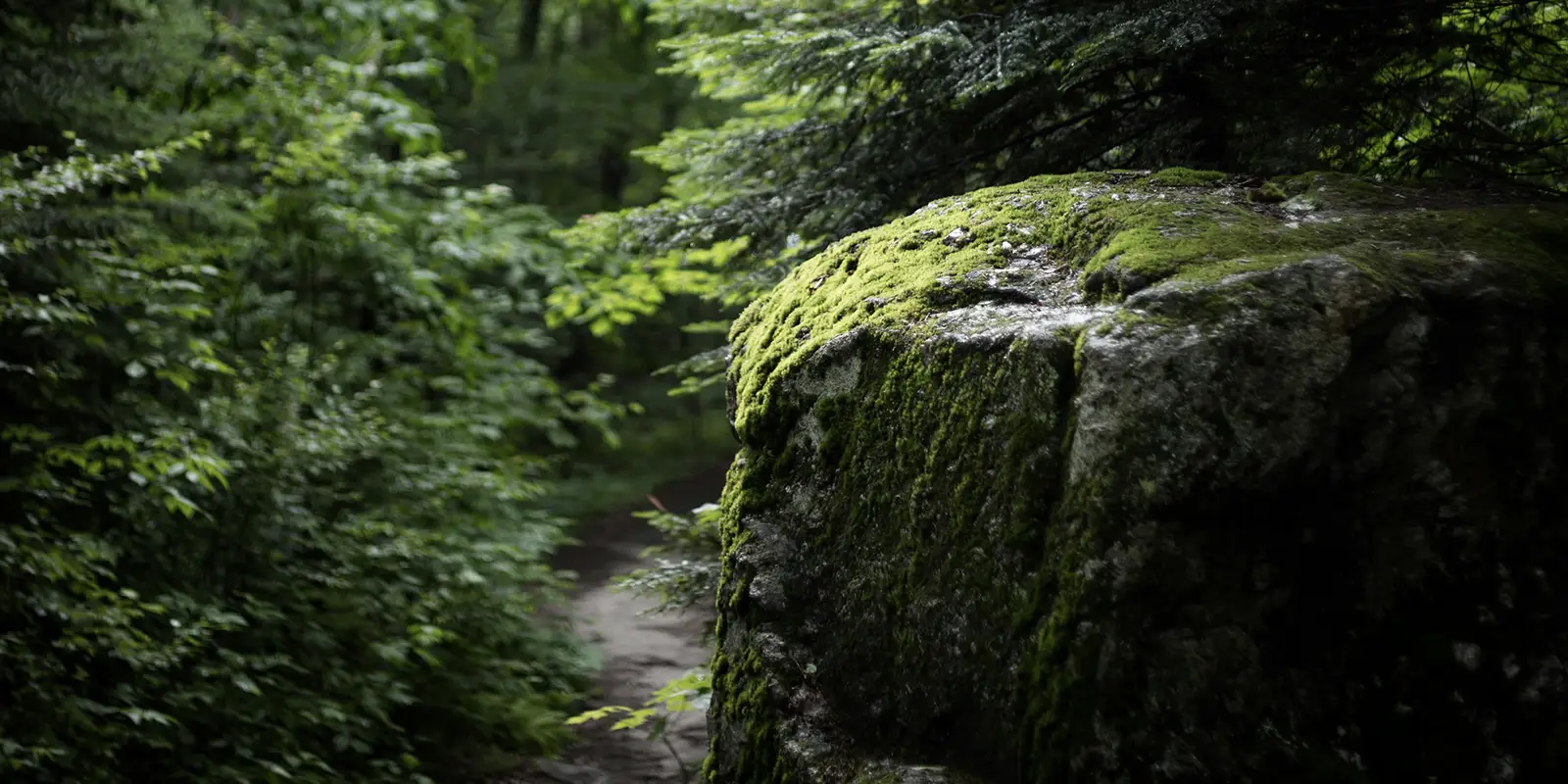A remote wilderness in northern Vermont holds Lake Willoughby, Vermont’s deepest lake that is entirely within Vermont’s borders. Glaciers carved out Lake Willoughby in Vermont’s Northeast Kingdom. Years ago, former Vermont governor and U.S. senator, George Aiken, deemed this region the Northeast Kingdom. Aiken thought this region so gorgeous that it should be a kingdom.
Lake Willoughby stretches north to south for five miles, covers 1,653 acres, and reaches a depth of 328 feet at its deepest point. The tiny village of Westmore touches its northeastern shore with less than 500 residents. Nature lovers and photography buffs flock to Lake Willoughby for its amazing flora and fauna.
Mountains and hiking trails flank Lake Willoughby’s shores and offer a wilderness full of bald eagles, great blue herons, loons, ospreys, beavers, black bears, moose, white-tailed deer, and painted turtles. Its waters provide ample habitats for landlocked salmon, lake trout, smallmouth bass, and yellow perch.
Lake Willoughby is in the Willoughby State Forest and the Lake Willoughby Natural Area in Caledonia and Orleans Counties. The forest comprises 7,682 acres with a 26.3-mile network of trails that lead to Bald Mountain, Haystack Mountain, Moose Mountain, Mount Hor, Mount Pisgah, South Shore and South Beach, Wheeler Mountain, and Wheeler Pond.
Highway VT 5A runs right next to Lake Willoughby’s eastern shore, and VT 16 enters into its northern border. A few back roads lead into its surrounding wilderness, but do not reach the lakeshore. Lake Willoughby has only two access points via the North Beach and the South Beach. There is plenty of parking and portable toilets are available.
Is Lake Willoughby Worth Visiting?
Lake Willoughby’s is popular as one of the region’s spectacular natural attractions. The Northeast Kingdom region attracts several hundred thousand visitors annually. Lake Willoughby is worth visiting for several reasons:
Stunning Natural Beauty
Scenic Landscapes:
Mount Pisgah and Mount Hor flanks Lake Willoughby, which create a fjord-like appearance that is breathtaking and unusual in New England.
Clear Waters: The lake’s pristine, clear waters invite visitors to experience boating, fishing, and watersport adventures.
Recreational Activities
Swimming and Boating: The lake’s clean waters are ideal for swimming, canoeing, kayaking, and paddleboarding.
Fishing: Lake Willoughby is a legendary fishing hole. Anglers enjoy fishing for Atlantic and landlocked salmon, lake and rainbow trout, smallmouth bass, and yellow perch.
Hiking: Trails around Lake Willoughby offer breathtaking vistas with opportunities to explore lush flora and fauna. The most popular hikes include trails up Mount Pisgah and Mount Hor.
Winter Sports: Ice fishing, cross-country skiing, and snowshoeing.
Wildlife and Nature
Birdwatching and Wildlife Viewing: Willoughby is home to a variety of bird species, including loons, bald eagles, and ospreys. Visitors will see abundant wildlife.
Tranquility and Solitude
Peaceful Environment: Lake Willoughby’s remote location and low tourist traffic make it a serene destination and a gorgeous getaway if seeking natural beauty without crowds.
Lake Willoughby Q&A
Can Dogs Swim in Lake Willoughby?
Yes, visitors can bring their canine fur babies to Lake Willoughby and the Willoughby State Forest. The lake allows dogs on the South Beach.
What Town Is Lake Willoughby VT?
Westmore, Vermont, lies on Lake Willoughby’s northeastern shore in Orleans County Vermont.
Is Lake Willoughby a Glacial Lake?
Yes. Lake Willoughby is known as the “Lucerne of America.” because it resembles a Norwegian fjord. Norwegian fjords are long, narrow inlets of deep water and reach far inland. They are typically in U-shaped valleys with steep rock walls on both sides of the fjord. Glaciers form fjords that erode mountain masses over several ice ages and create deep valleys.
Why Is Lake Willoughby so Clear?
Glacial lakes can appear clear due to the evaporation process that cleans impurities from snow. Underground springs feed Lake Willoughby with crystal clear waters. Limnologists report that Lake Willoughby is one of the most significant examples of glacial erosion in the northeast. Lake Willoughby’s water is super clear and tinted bluish-green, with visibility at 30 feet in some parts of the lake.
Can You Drive Around Lake Willoughby?
You cannot drive around the entirety of Lake Willoughby. The 20-mile Lake Willoughby Scenic Drive follows the lake’s eastern shore through the Willoughby State Forest, a nude beach, and swimming areas. There is no road along the lake’s western shoreline.
Is Lake Willoughby Deeper than Lake Champlain?
No, Lake Champlain’s maximum depth is about 400-feet deep, and Lake Willoughby is 328-feet deep but is potentially the deepest lake entirely contained within New England, and second in the area only to Lake Champlain.
Is There a Nude Beach at Lake Willoughby?
Yes, and in 2008, the Associated Press (AP) reported:
“Some people who live near one of Vermont’s most famous nude beaches say they’re getting fed up with nakedness and they want the town of Westmore to ban the practice. But others are defending the nudity at Lake Willoughby’s Southwest Cove, and they want the beach to remain a haven for nudists. For decades, the beach on state land that is part of the Willoughby State Forest, has been world famous for its clothing-optional beach.“
Associated Press
It is still a controversial beach today. In 2018, the president of the Friends of the South West Cove group accused the Town of Westmore of asking an illegal poll question about the nude beach at the town’s annual meeting. In 2017, the Vermont Department of Forests, Parks, and Recreation wanted to add a boardwalk and parking at the access point to the nude beach and to a different beach.
In 2017, local resident, Shelah Vogel, reported to the Vermont Public news outlet, “You know, when it’s sunny and this is crystal clear and warm and it’s just paradise, the fact that I can go skinny dipping and take my dogs safely swimming is just a little bonus. So I’d hate to see all of that disappear in the name of ‘improvements.”







